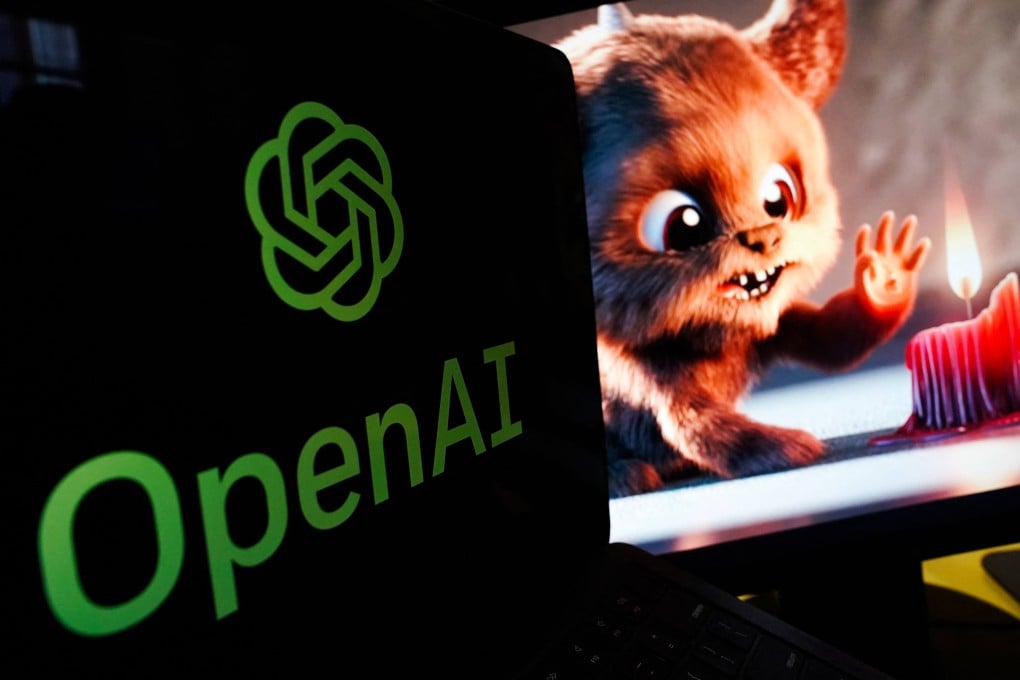Chinese researchers aim to ‘reproduce’ OpenAI’s text-to-video model Sora with help from open source community
- Professors from China’s Peking University and Shenzhen-based AI company Rabbitpre have jointly launched an Open-Sora plan
- Team has developed a three-part framework and showcased four demos of reconstructed videos in varying resolutions and aspect ratios

A team of researchers is making a fresh push to develop China’s answer to OpenAI’s text-to-video model Sora, in the latest sign of the country’s generative artificial intelligence (AI) frenzy.
Professors from China’s Peking University and Shenzhen-based AI company Rabbitpre on March 1 jointly launched an Open-Sora plan with a page on GitHub, with a mission to “reproduce OpenAI’s video generation model”.
The Open-Sora plan aims to reproduce a “simple and scalable ” version of OpenAI’s video generation model with help from the open-source community. OpenAI started a global AI frenzy in late 2023 with the launch of its ChatGPT generative chat bot.
According to the project’s GitHub page, the team has developed a three-part framework and showcased four demos of reconstructed videos in varying resolutions and aspect ratios, ranging from three seconds to 24 seconds.
The team’s further tasks include fine-tuning the technology to generate higher resolution as well as training with more data and more graphics processing units (GPUs).
Since OpenAI released demo videos generated by Sora earlier in February, Chinese business and technology communities have expressed mixed feelings about Microsoft-backed OpenAI’s latest progress.